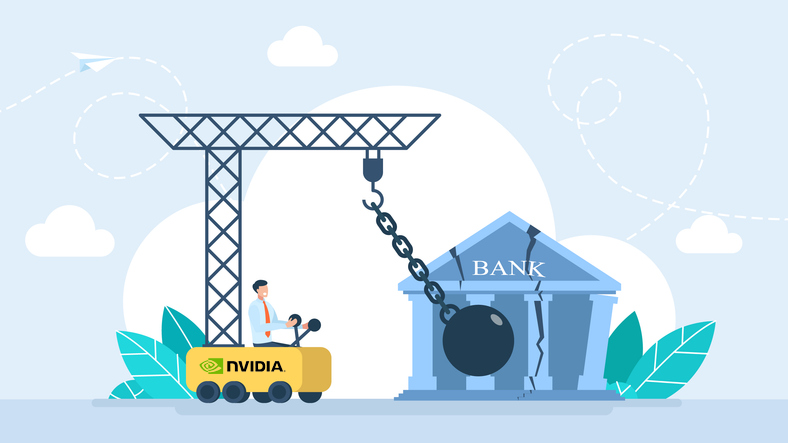
The recent news that Nvidia has invested an undisclosed amount in London-based financial technology...
Read More

You may have noticed a surprising number of crypto and fintech companies, and even retailers like Wa...
Read More

Are your customers ready for the holidays? And no, we’re not talking about whether they’...
Read More

Admittedly, I haven’t come across formal research that directly links platforms like FanDuel o...
Read More

The message coming out of the 2025 Small Business Banking Conference was clear: small busines...
Read More

We all appreciate good advice and often, we need to look to more than one source to find it.
For exa...
Read More

At a time when consumers are closely watching what a brand stands for, and whether or not it can be...
Read More

You’ve probably heard of Bitcoin or Ethereum; they live in this wild world wher...
Read More

Today’s banking consumers aren’t simply making decisions on products and services; they&...
Read More

We’ve all been hearing about how much AI can do for community banks. That got me wondering&hel...
Read More